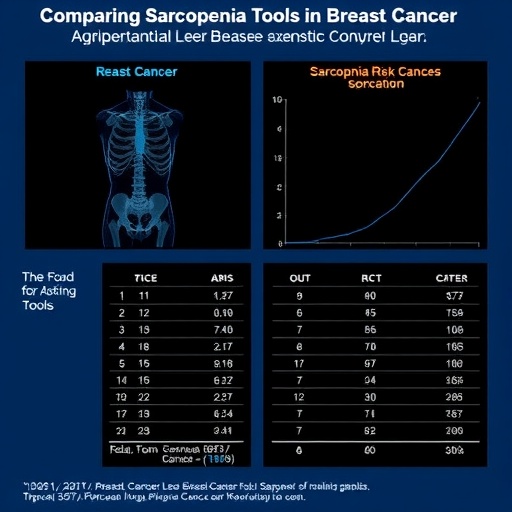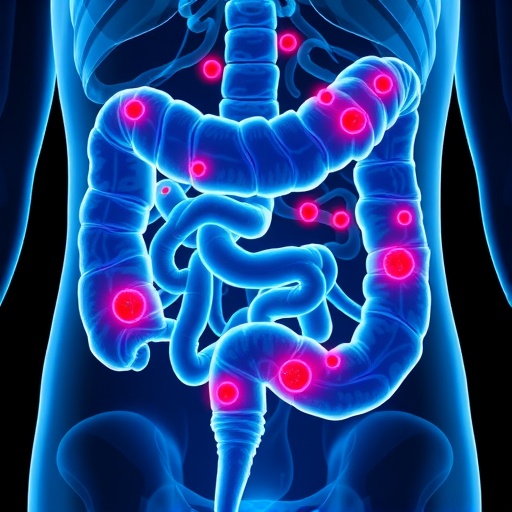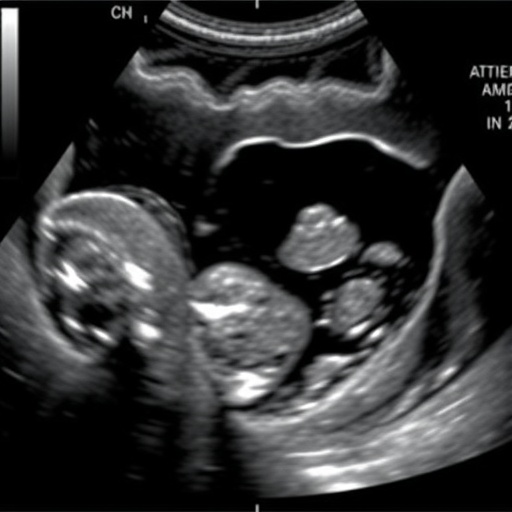In the complex landscape of breast cancer treatment and management, one often overlooked yet critical complication is sarcopenia—a condition marked by the progressive decline in muscle mass and strength. Emerging evidence has illuminated its profound impact on patient outcomes, revealing that sarcopenia can exacerbate frailty, compromise treatment efficacy, and diminish quality of life among women diagnosed with breast cancer. In a pioneering study published in BMC Cancer, researchers have undertaken an in-depth comparative analysis of screening tools designed to identify sarcopenia risk in this vulnerable population, with findings that challenge conventional approaches and open new avenues for clinical practice.
Sarcopenia’s insidious nature lies in its subtlety; muscle deterioration develops gradually and often goes unnoticed until it culminates in significant functional impairment. For breast cancer patients, this decline can be compounded by the metabolic and physiological stresses imposed by cancer itself and its therapies. The need for reliable, easy-to-administer screening tools is crucial, as early detection of sarcopenia risk could facilitate timely interventions aimed at preserving muscle health and improving overall prognosis. To this end, the study meticulously compared three established instruments—SARC-F, SARC-CalF, and the BMI-adjusted SARC-CalF—in their ability to detect sarcopenia risk among women recently diagnosed with breast cancer.
Analyses revealed striking disparities in the prevalence rates of sarcopenia risk identified by each tool. While the SARC-F instrument, a quick questionnaire-based assessment, flagged roughly 10% of participants at risk, its counterpart, SARC-CalF, which incorporates calf circumference, identified over a third (36.6%)—a considerable difference highlighting the impact of anthropometric augmentation in screening. Meanwhile, the BMI-adjusted SARC-CalF, which further refines risk stratification by factoring in body mass index, produced intermediate estimates but with diminished diagnostic robustness.
When benchmarked against the strict EWGSOP2 sarcopenia diagnosis, the SARC-CalF emerged as the superior screening tool, boasting an area under the receiver operating characteristic curve (AUC) of 0.79—indicative of good discriminative ability. This contrasts sharply with SARC-F’s AUC of approximately 0.55 and BMI-adjusted SARC-CalF’s borderline 0.52, neither of which performed statistically better than chance. Notwithstanding this relative performance, SARC-CalF’s sensitivity remained modest at 42.8%, implying that over half of sarcopenia cases could be overlooked if relying solely on this tool for screening.
Specificity metrics painted a more favorable picture: SARC-CalF excelled at correctly identifying those without sarcopenia risk, achieving a high specificity of over 92%. This attribute minimizes false-positive results, a critical consideration in clinical settings where unwarranted diagnostic evaluations can impose psychological and economic burdens. In contrast, the BMI-adjusted SARC-CalF yielded specificity around 63%, considerably lower and less reliable for ruling out sarcopenia.
These findings underscore the inherent trade-offs in sarcopenia screening. While anthropometric enhancements such as calf circumference measurement improve SARC-F’s predictive power, adjusting for body mass index paradoxically attenuates accuracy, perhaps due to BMI’s inability to distinguish between lean mass and adiposity effectively in cancer patients who may experience fluctuating body composition. The nuanced interactions between muscle wasting, fat distribution, and cancer pathology complicate simplistic screening algorithms.
Beyond statistical performance, the clinical implications of these results are profound. Breast cancer survivors are a heterogeneous group: varying in age, treatment regimens, comorbidities, and lifestyle factors—all influencing muscle health trajectories. Employing an imperfect screening tool risks underdiagnosis and missed opportunities for intervention, yet utilizing overly sensitive instruments may strain healthcare resources and divert attention from other needs.
Therefore, the study’s authors advocate a cautious approach. Despite SARC-CalF’s relative superiority, its limited sensitivity signals the need for comprehensive sarcopenia assessment protocols incorporating both clinical judgment and objective measurements. This may entail integrating screening tools with biochemical markers, imaging techniques, and functional performance tests, tailored to the oncology rehabilitation context.
The study further prompts reconsideration of universal screening instruments for sarcopenia in specialized populations. Breast cancer’s unique catabolic milieu, influenced by cytokine profiles, hormonal changes, and cytotoxic treatments, demands customized assessment strategies rather than one-size-fits-all tools developed primarily for community-dwelling older adults. Investigations into novel biomarkers and novel digital health technologies for muscle monitoring could revolutionize early diagnosis and individualized care.
This research also highlights the urgent necessity for interdisciplinary collaboration. Oncologists, geriatricians, physiotherapists, and nutritionists must coalesce to devise and validate multifactorial screening paradigms that address sarcopenia’s multifaceted etiology in cancer populations. Interventional studies focusing on resistance training, nutritional supplementation, and pharmacological agents targeting muscle anabolism will further clarify how screening translates to meaningful outcomes.
Moreover, the modest size and cross-sectional design of the study invite further longitudinal research encompassing diverse ethnicities and treatment modalities to establish generalizability and causality. Understanding how sarcopenia risk evolves over the breast cancer care continuum will empower healthcare providers to stratify patients dynamically and optimize resources.
In conclusion, this rigorous comparative analysis marks a significant advance in recognizing the challenges posed by sarcopenia among women with breast cancer. While SARC-CalF currently offers the best available option among simple screening tools, its limitations underscore the imperative for refined instruments and multifaceted assessment approaches. As research continues to elucidate sarcopenia’s complex interplay with cancer biology and survivorship, integrating precise and practical screening into routine oncological care could profoundly improve functional outcomes and quality of life for countless women worldwide.
Subject of Research: Risk assessment of sarcopenia in women with breast cancer using comparative analysis of screening tools.
Article Title: Risk of sarcopenia in women with breast cancer: a comparative analysis of screening tools
Article References:
de Souza Mamede, V.F., Bernabé, R.d.M., Santos, T.G. et al. Risk of sarcopenia in women with breast cancer: a comparative analysis of screening tools. BMC Cancer 25, 839 (2025). https://doi.org/10.1186/s12885-025-14062-7
Image Credits: Scienmag.com
DOI: https://doi.org/10.1186/s12885-025-14062-7
Tags: breast cancer treatment complicationsclinical practice in cancer managementearly detection of muscle deteriorationfrailty in breast cancer survivorsimpact of sarcopenia on cancer outcomesinterventions for preserving muscle healthmetabolic stress from cancer therapiesmuscle mass decline in cancer patientsquality of life in breast cancer patientsSARC-F and SARC-CalF comparisonsarcopenia risk assessment toolsscreening instruments for sarcopenia





